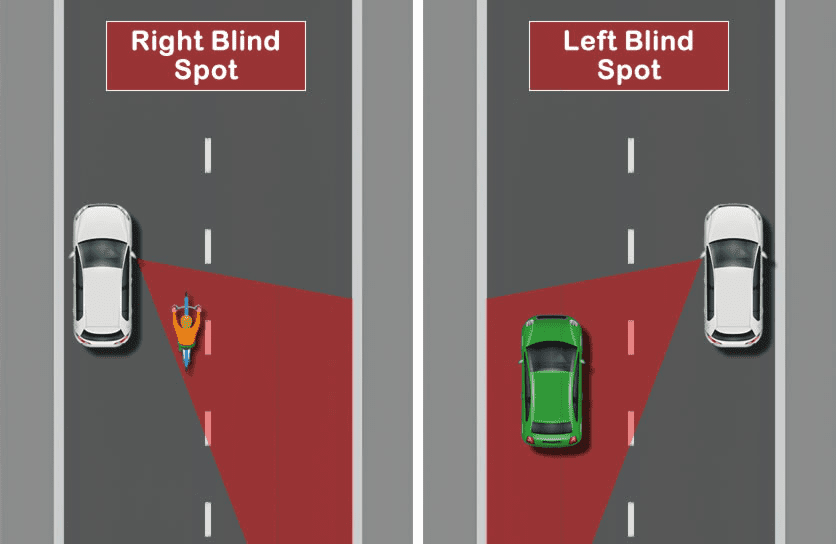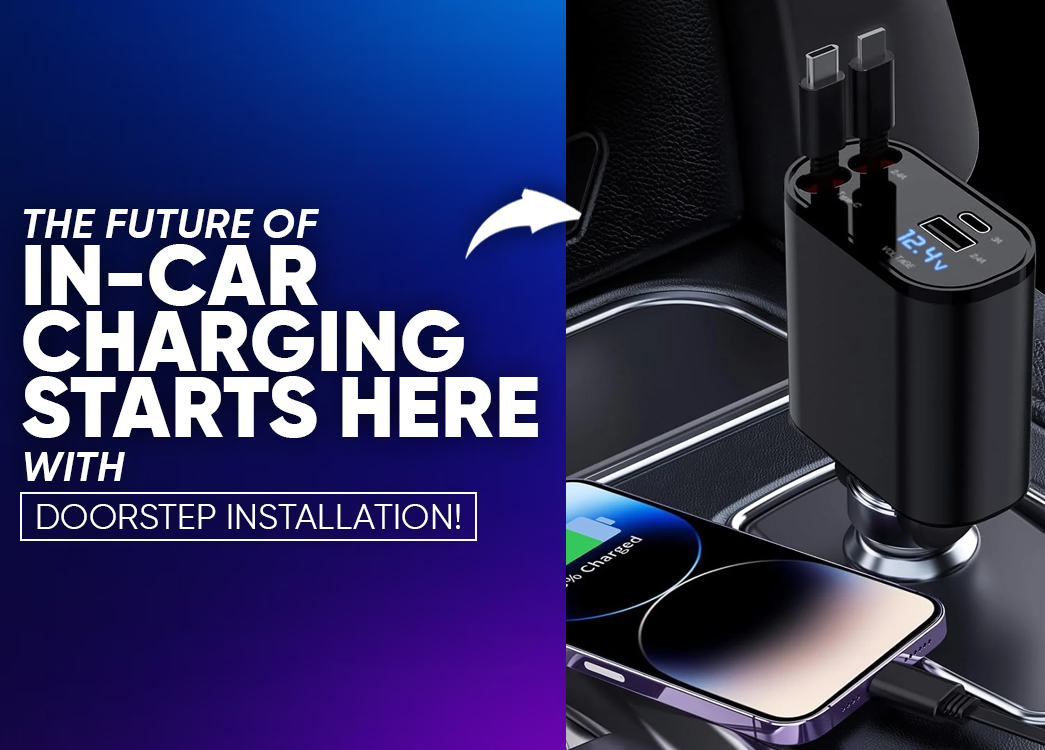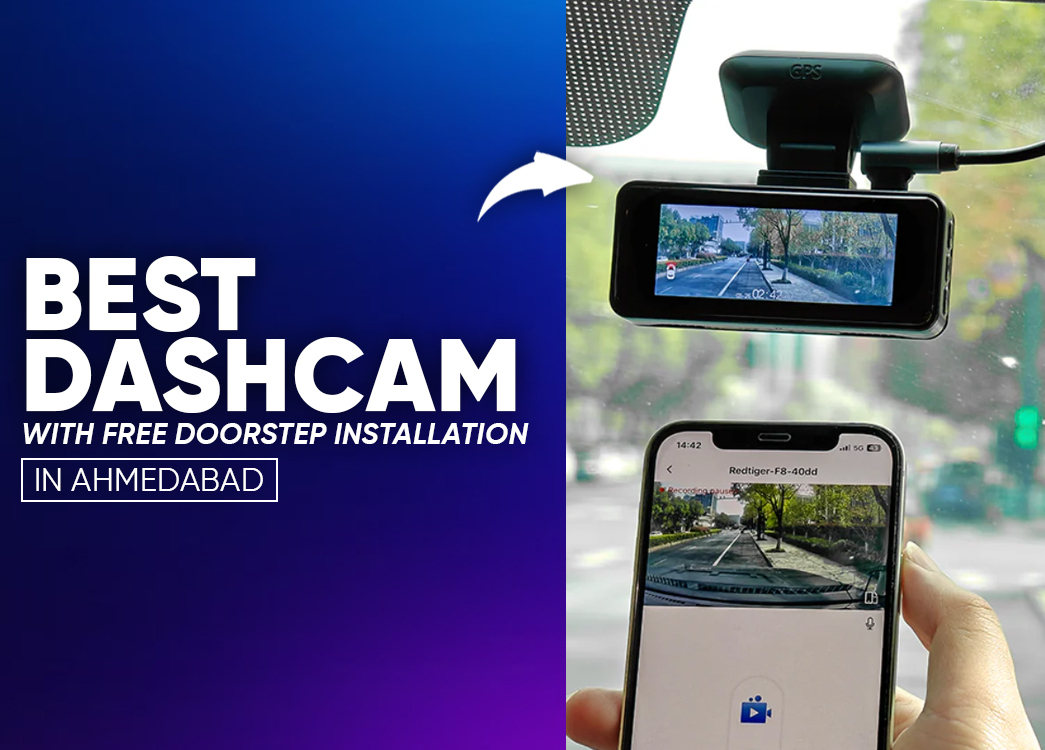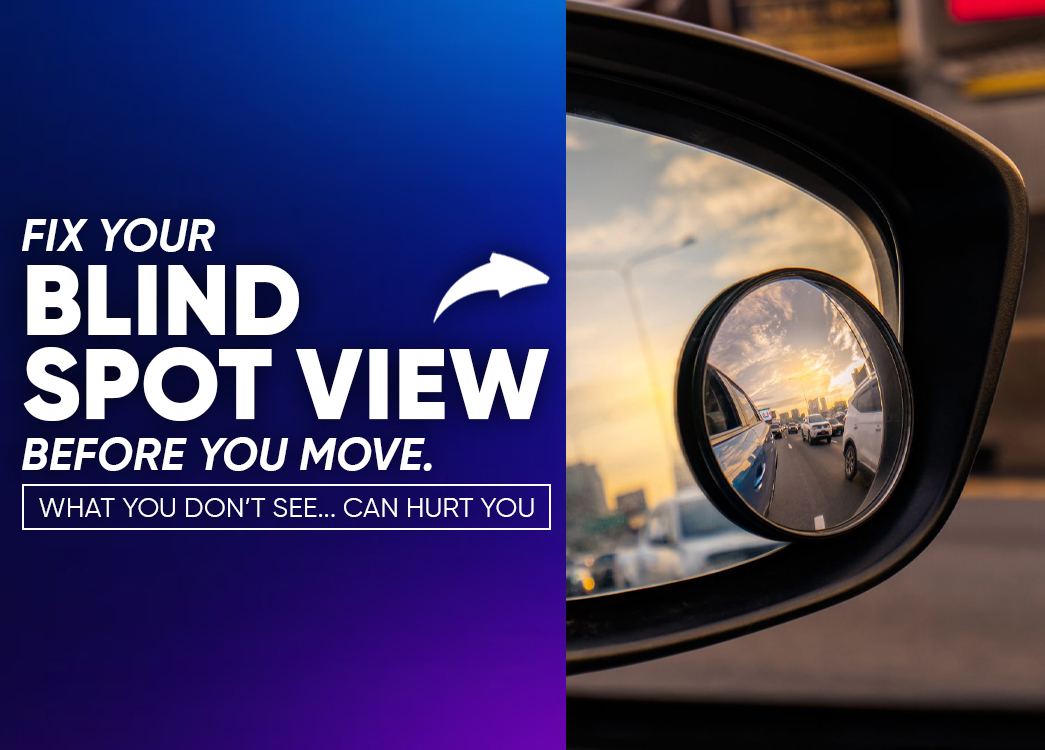
By creckk On 31-07-2025 at 11:14 am
The Silent Corners of the Road: Understanding and Mastering Blind Spot Mirror While Driving
The Invisible Danger on Our Roads
Have you ever turned your wheel gently to switch lanes, only to be startled by a honk, a flash of metal beside you that wasn’t there a moment ago? That ghost of a car was likely in your blind spot those elusive corners that even our most trusted mirrors cannot see. Hidden within the geometry of our cars, blind spots are silent hazards that lurk in traffic’s flow, waiting to surprise the unaware. But awareness is the remedy, and vigilance the shield.
The Importance of Noticing the Unseen
Blind spots are more than mere gaps in visibility they are portals to accidents, misjudgments, and regret. To ignore them is to dance with danger on narrow roads and wide highways alike. But to understand them is to drive with grace, with the calm assurance of someone who sees even what cannot be seen. Let us explore why blind spot awareness is not just useful it is essential.
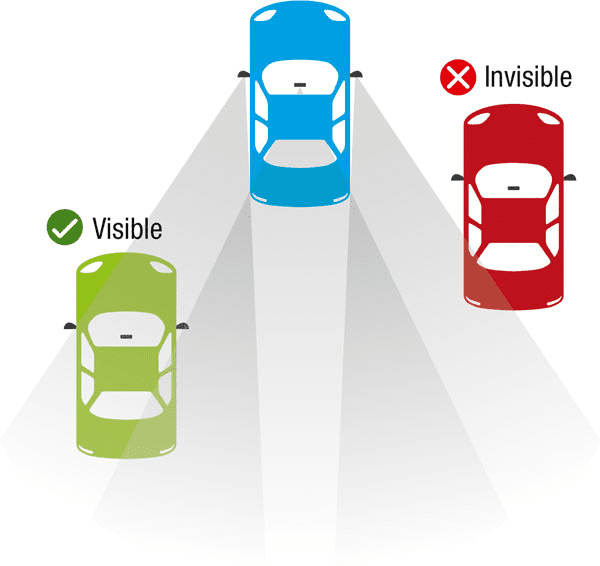
1. Safety as the First Virtue
The essence of driving is to protect, to preserve the life inside your vehicle and around it. A pedestrian in the periphery, a cyclist on your side, a small car hidden by pillars your mirrors may miss them, but your eyes and instincts must not. The knowledge of blind spots could mean the difference between a safe turn and a disaster.
2. A Pillar of Defensive Driving
To anticipate is to master the road. Recognizing blind spots means you expect the unexpected. By doing so, you become a defender not just of your journey, but of every soul traveling beside you. You read traffic like a poet reads rhythm fluid, alert, and ready.
3. Preventing Road Rage Before It Begins
Nothing provokes anger faster than being cut off. And often, it’s not carelessness it’s the curse of the blind spot. Awareness can restore harmony between vehicles. A careful glance could save a heated honk, a gesture of frustration, or worse.
4. Confidence Behind the Wheel
Confidence in driving blooms from clarity. When you know your blind spots, and how to conquer them, you move with assurance. The anxiety fades, and in its place comes calm focus your car becomes an extension of your awareness, moving gracefully through crowded cities and winding roads alike.
5. A Legal and Moral Duty
Law expects drivers to check blind spots before changing lanes or turning. It’s a duty, not a defense. During tests and on the streets, failing to see what isn’t in your mirrors isn’t forgiven. And so, the responsible driver becomes a guardian of visibility, of responsibility.
The Many Faces of Blind Spots
Blind spots vary not just in location but in cause. Some are born of design, others shaped by the weather or technology. Let’s uncover the types of blind spots that quietly follow every vehicle.
Design-Induced Shadows
Every car has architectural elements that obscure vision. The A-pillar, standing like a sentry between windshield and door, can hide a pedestrian. The C-pillar, more rearward, can mask a vehicle in the adjacent lane. These aren't flaws—they're features. But drivers must learn to work with them, not against them.
Weather’s Cloak
Rain, snow, and fog are the veils that nature casts upon our windshields. Road signs lost in mist, pedestrians hidden by snowdrifts these temporary blind spots can be just as dangerous. Bad weather is a call to slow down and sharpen your senses.
The Mirror Mistake
Mirrors only work when aligned with purpose. A tilted angle, a misaligned view, and suddenly, entire lanes vanish from perception. Adjust mirrors so that their fields overlap gently your car’s edge should be just visible. Every inch of glass must serve your eyes.
The Fog of Distraction
In today’s world of glowing screens and infotainment consoles, attention is precious. One glance away from the road, and a hidden vehicle becomes a crash. Distractions feed blind spots. A focused mind is the best lens you’ll ever own.
Techniques for Conquering the Invisible
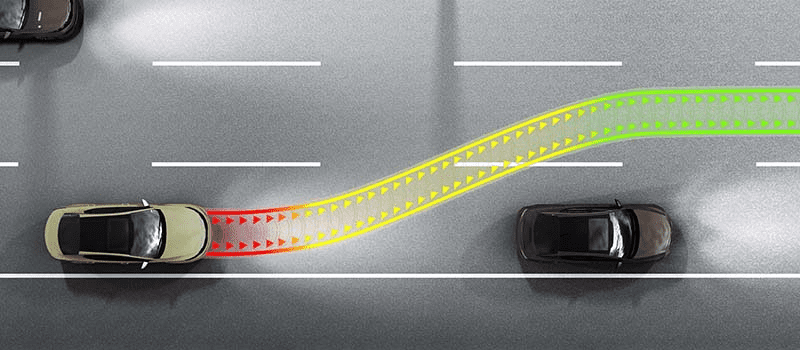
Awareness, preparation, and posture all converge in a driver’s daily routine. Here are timeless techniques to tame blind spots and reclaim the full field of vision.
1. Mirror Adjustment
Begin with the basics. Sit comfortably in your seat. Adjust the side-view mirrors so they reveal a thin slice of your car and the adjacent lanes. The rearview cameras should give a clear, wide view of what trails behind. This dance of reflection is your first step to safety.
2. The Power of a Glance
Even the best mirrors have their limits. So, before any lane change or turn, turn your head. A brief, deliberate glance over your shoulder can uncover what glass cannot. This simple movement, repeated like prayer, becomes habit and saves lives.
3. Trusting Technology
Modern vehicles come equipped with 360-degree cameras and blind spot sensors. These electronic eyes detect movement where your own may fail. Whether embedded in mirrors or buzzing beneath your seat, these systems are allies. But they are not replacements for awareness they are its partners.
4. The Posture of Awareness
Your body shapes your sight. Sit straight, not slouched. Set the backrest upright, adjust the seat height, and give yourself a commanding view. A wrong posture bends not just your back but your perception of the world around you.
5. Driving with Caution
When rain falls or fog wraps the streets, the world outside shrinks. In these moments, take extra care. Use wipers to clear your window to the soul. Defog your glass. Move gently through the haze, and never rush where vision is veiled.
Scenarios Where Blind Spots Haunt the Road
Blind spots aren't always dangerous until the wrong situation arises. Here are common events where unseen corners can turn perilous.
Changing Lanes
Always use your turn indicator and check both mirrors and shoulders before shifting left or right. A blind spot can hide an entire vehicle waiting beside you.
Merging onto Roads
On busy highways, merging without spotting an oncoming car can lead to near-misses. Take time. Breathe. Look. Then proceed.
At Intersections
Pedestrians linger at corners. Cyclists dart across streets. Scan the intersection not just with mirrors, but with intent. Move only when certainty arrives.
Parking in Reverse
When parking, especially in tight lanes or parallel spaces, rear blind spots can conceal more than bumpers sometimes even lives. Backup cameras help, but your mirrors should always join the effort.
Overtaking
When passing slower vehicles, what’s unseen ahead or beside can surprise you. Overtake only when you’ve checked every corner mirrors, shoulders, and instinct alike.
Conclusion
Blind spots are not just technicalities they are living threats that can be defeated through habit, posture, and purpose. Check your mirrors. Turn your head. Use your tools. Be aware. In a country where roads teem with activity and life flows in every lane, your awareness becomes a service to society.
FAQs
What is a blind spot for vehicle drivers?
Blind spots are areas around the car that remain unseen in side and rear-view mirrors. Usually found to the rear and sides, they hide vehicles, cyclists, and pedestrians, often causing surprise collisions. Drivers must adjust mirrors, use indicators, and check over their shoulders to stay safe.
How to check car blind spots?
Turn your head and glance over your shoulder in the direction you intend to move. This “shoulder check” reveals what mirrors miss. Pair it with proper mirror adjustment and defensive habits for a complete view of your surroundings.
What is a blind spot mirror for cars?
These are small convex mirrors attached to side mirrors. They expand your field of vision to include areas often missed. Easy to install, they are vital tools for safer lane changes and overtaking.
Where should blind spot mirrors be placed?
Position them on the outer-lower corners of side mirrors. This location offers the best additional angle to view adjacent lanes. Test the placement while parked to ensure the mirrors cover areas not visible in your standard mirrors. Remember, blind spot mirrors are aids and do not replace the need to look over your shoulder.
How to check blind spots when driving?
Maintain proper mirror adjustment and always signal at least three seconds before turning or changing lanes. Physically turn your head to look over your shoulder for a quick glance at your blind spots. Be especially cautious in heavy traffic, bad weather, or tight spaces.
How many blind spots does a car have?
Typically, there are blind spots on both sides of the vehicle and directly behind it. The exact number can vary depending on the vehicle’s size and design. Larger vehicles like SUVs and trucks have more extensive blind spots, often requiring additional mirrors or camera systems to cover them fully.
Related posts



